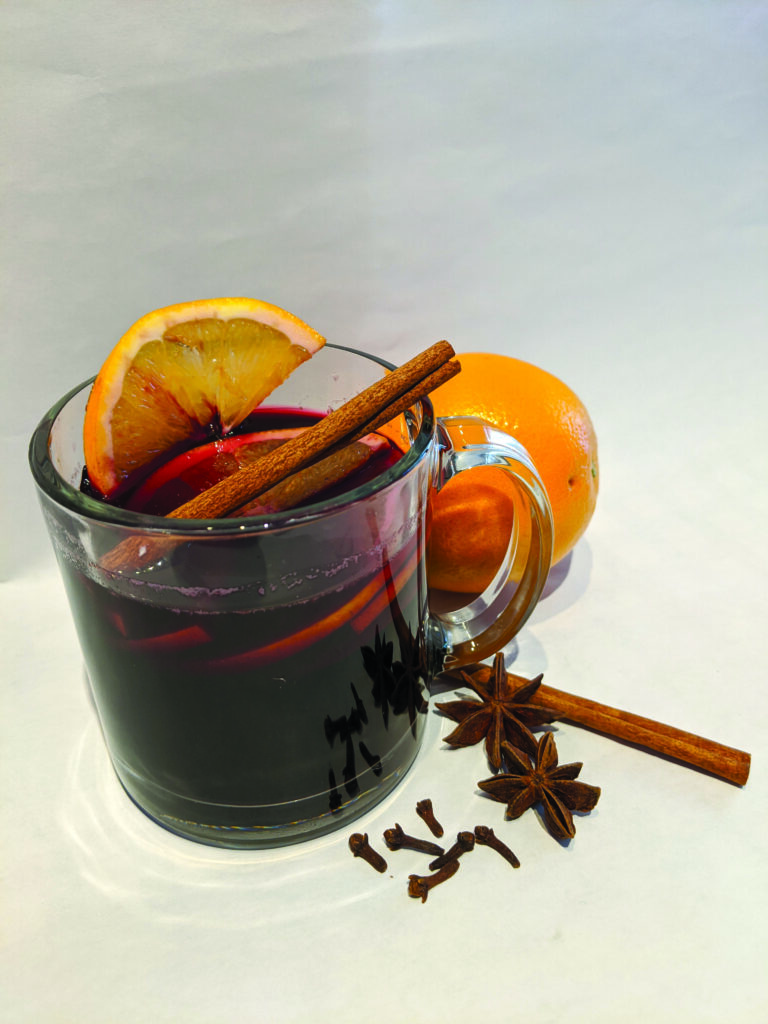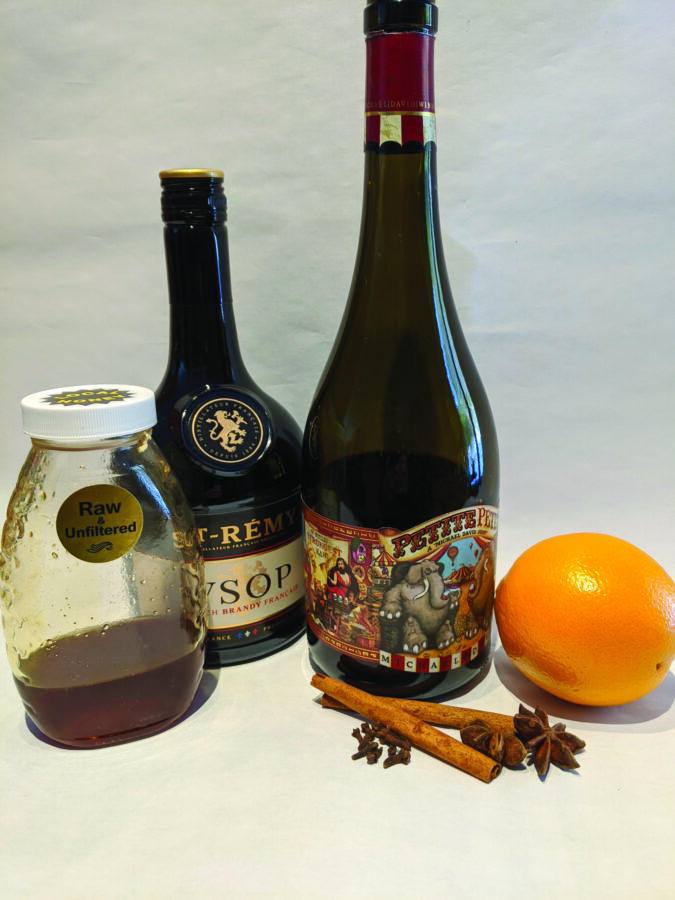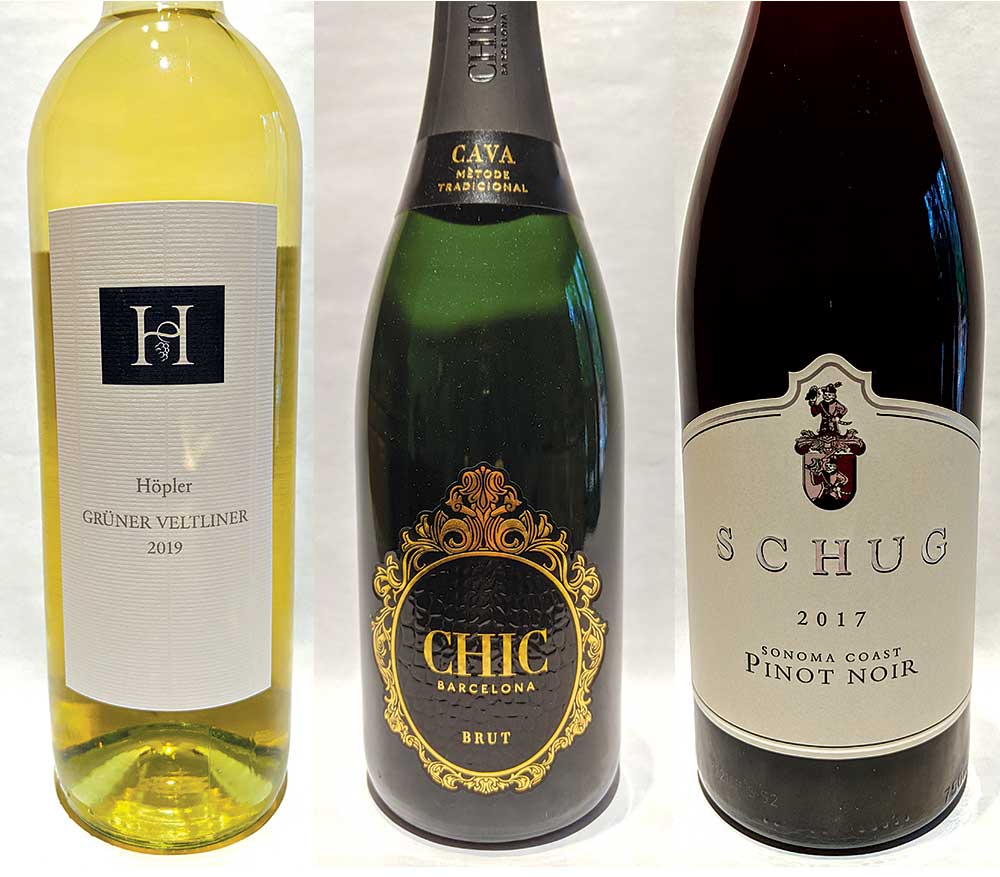Looking for a winter drink? Warm up with spices

The days are getting shorter and the nights cooler. The holiday season is upon us and the first snow has arrived. Wish to gather with friends? One way to gather with another couple or two is in your driveway or back yard around the firepit sipping on mulled wine.
Hot spiced wine, or mulled wine, has been around forever, it seems. Depending on its cultural origins, it may be known as glühwein, vino caliente, glögg, vin brulé, bisschopswijn, vin chaud, candola, vinho quente, or by other monikers. Mulled wine exists in just about every European culture and the recipes for making it appear to be limitless. In England mulled wine is known as Wassail, a name whose origins are Anglo Saxon. Like Christmas, this hot punch transformed itself from pagan rites to revolve around the coldest, darkest nights of the year. In its earliest form it was a drink made from mulled ale, curdled cream, roasted apples, eggs, cloves, ginger, nutmeg and sugar. It was served from huge bowls on New Year’s Eve and Twelfth Night (Jan. 6). This warm drink took on a significant cultural identity as through the centuries it was used to toast the holidays.
Hot mulled wine can be a simple concoction prepared in a slow cooker or over the flames of that fire pit. In its simplest forms the ingredients consist of a bottle of robust red wine, an orange (or oranges) sliced into rounds, a half dozen whole cloves, a couple of cinnamon sticks, some star anise, honey to taste, and if you want, a measure of brandy. It takes literally five minutes to make and is scalable from two servings to enough for a large holiday gathering (for next year).
For the wine, I selected Petite Petit by Michael David (originally priced at $19.99, on sale at the New Hampshire Liquor & Wine Outlets at $12.95). This wine is 85 percent petite sirah and 15 percent petit verdot. It is large and fruity with aromas of dark fruit, raspberry and plum. To the taste the black cherry “jammy” flavor comes through with some oak on the edges. This wine is perfect to use as a base for this concoction, as it will hold up well with the additions of fruit and spices. It is well-stocked throughout the state, and the price is so attractive! The petite sirah produces a deep-colored, robust, full-bodied peppery wine, with some tannins, that ages well. The petit verdot, used in blending the famous Bordeaux wines, has a dry, full-bodied taste of blackberry. Like the petite sirah, the strong tannins and high alcohol in the wine from this varietal allow it to age beautifully. It is perfectly matched to the petite sirah! These grapes are grown in Lodi, in San Joaquin County, in the center portion of California’s Central Valley. With long hot summers, these grapes are allowed to ripen well to produce a lot of sugar.
Now, how to make mulled wine: Combine your ingredients in a saucepan and give them a stir. Heat the wine until it just barely reaches a simmer over medium heat. Remember, alcohol boils off at 173 degrees (F), so be careful. Reduce the heat, cover and let simmer for 15 minutes or so. Using a strainer remove the cloves, cinnamon sticks and star anise, and serve in heat-proof mugs garnished with the fruit and cinnamon sticks. Remember, this recipe is very flexible. You can include apple cider or orange juice in the mix. You can use sugar instead of the honey for a sweetener, although it is not as rich as honey. Additional fruit can include thinly sliced apples or frozen pitted cherries. Additional spices can include ginger, peeled and sliced, and a vanilla bean cut open from end to end. The options are limitless and the possibilities endless.
Don’t let the cold, dark December days (and Covid) get to you. Invite a couple or two to gather around the fire pit and share the warmth of the holidays with a steaming mug of hot mulled wine. Savor the moments and cherish the memories of this time when we must be ever so creative in how we can remain connected.
Featured Photo: Courtesy photo






